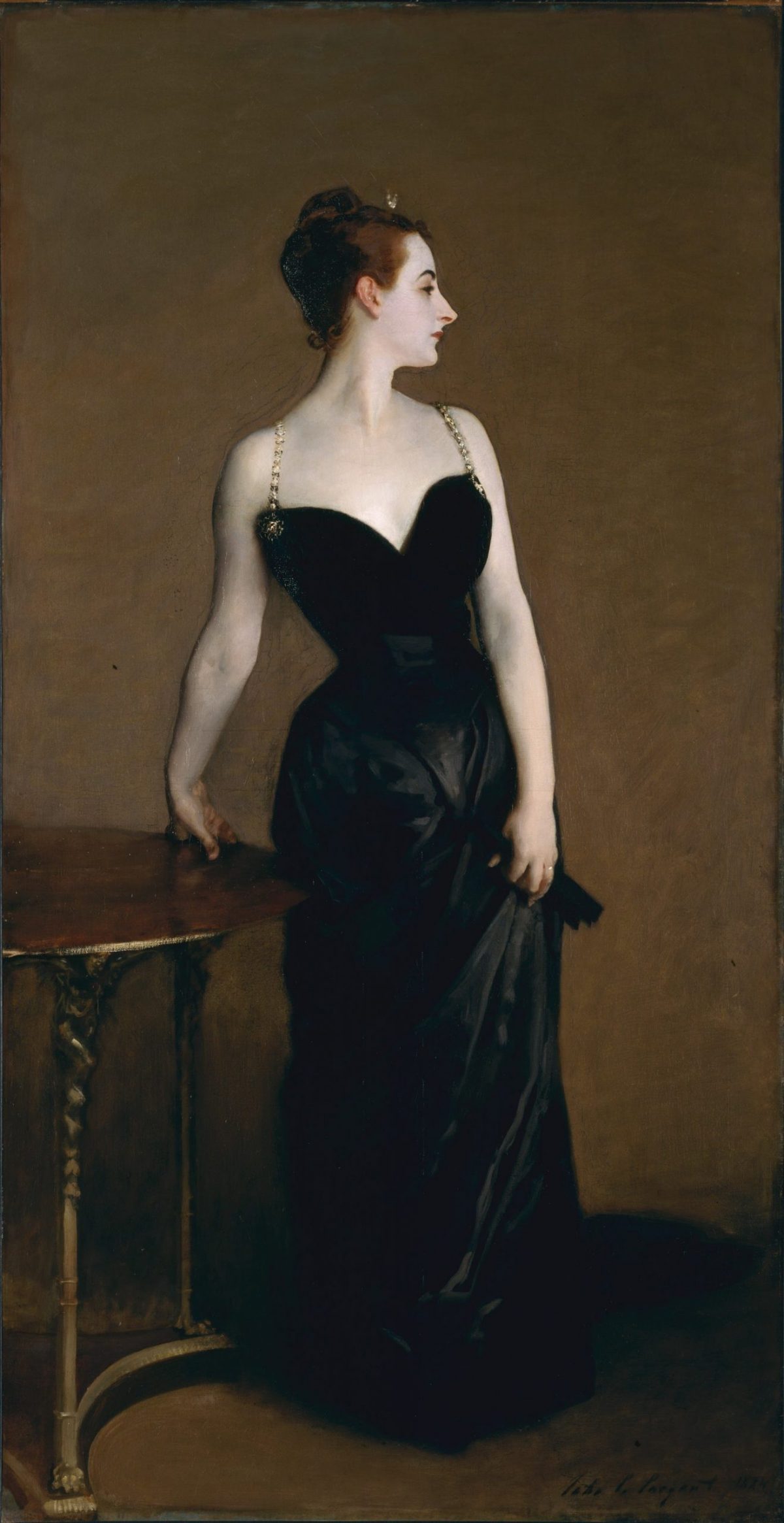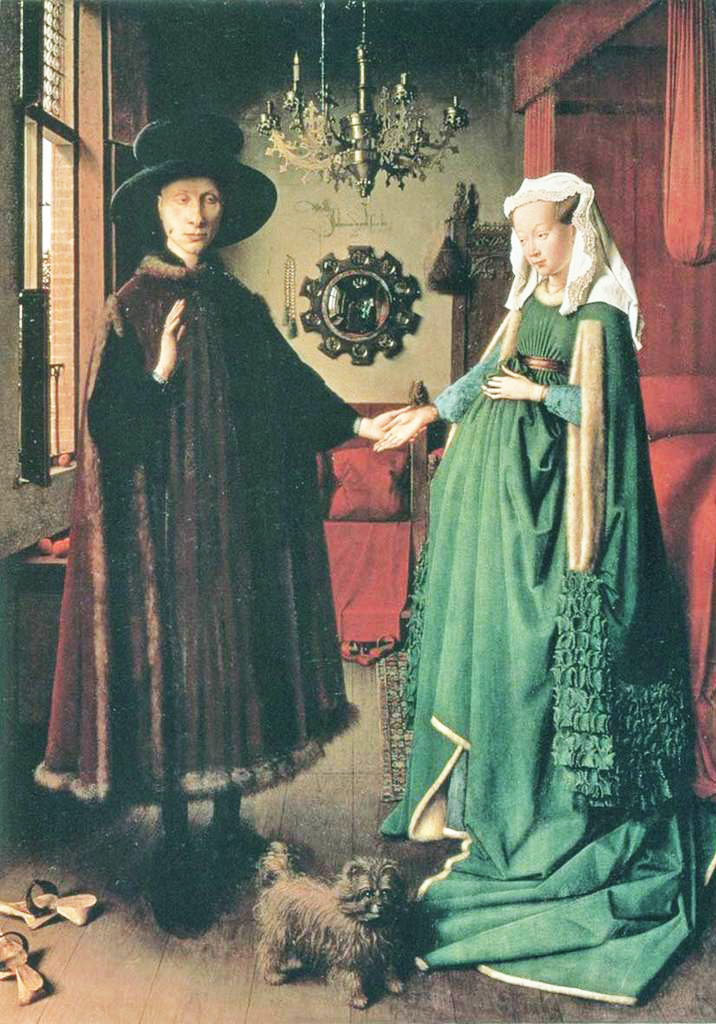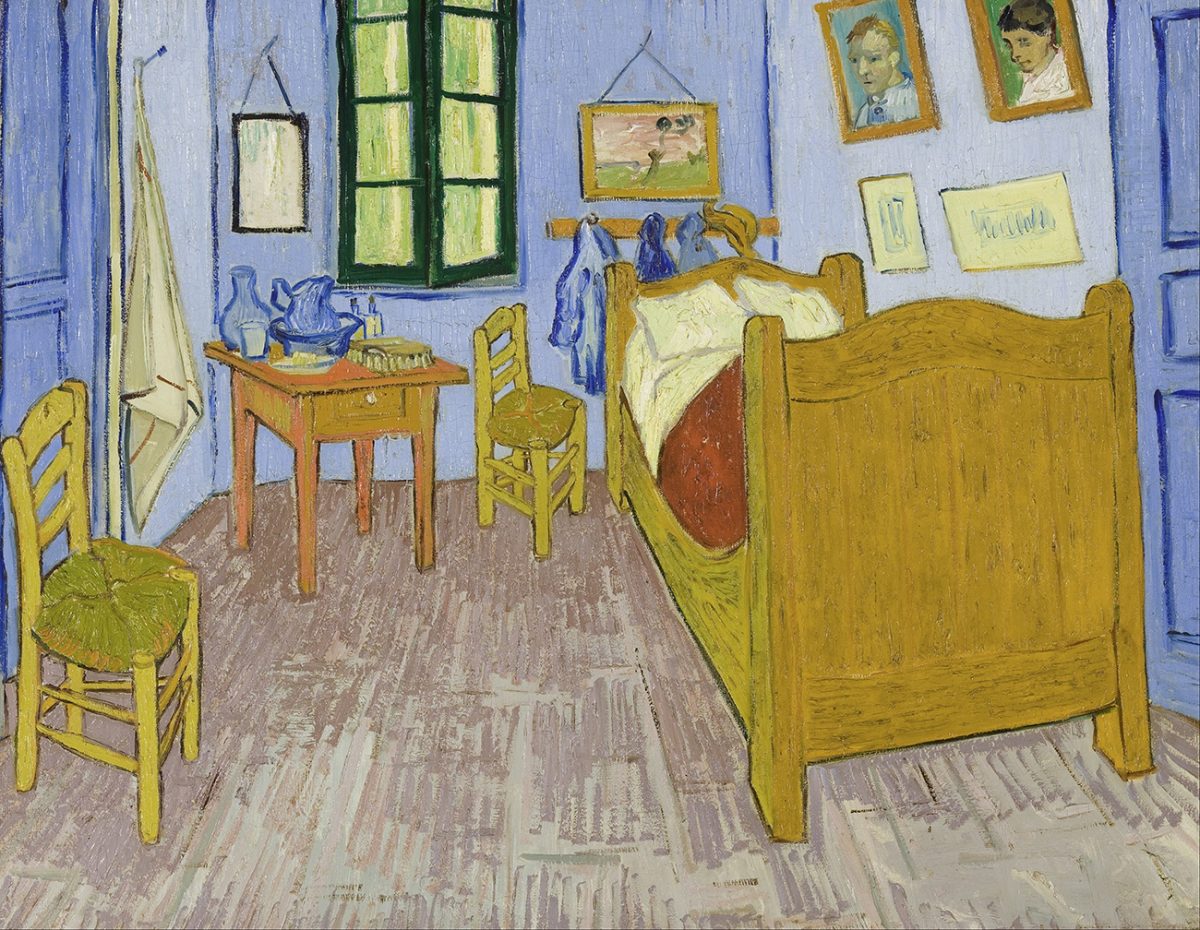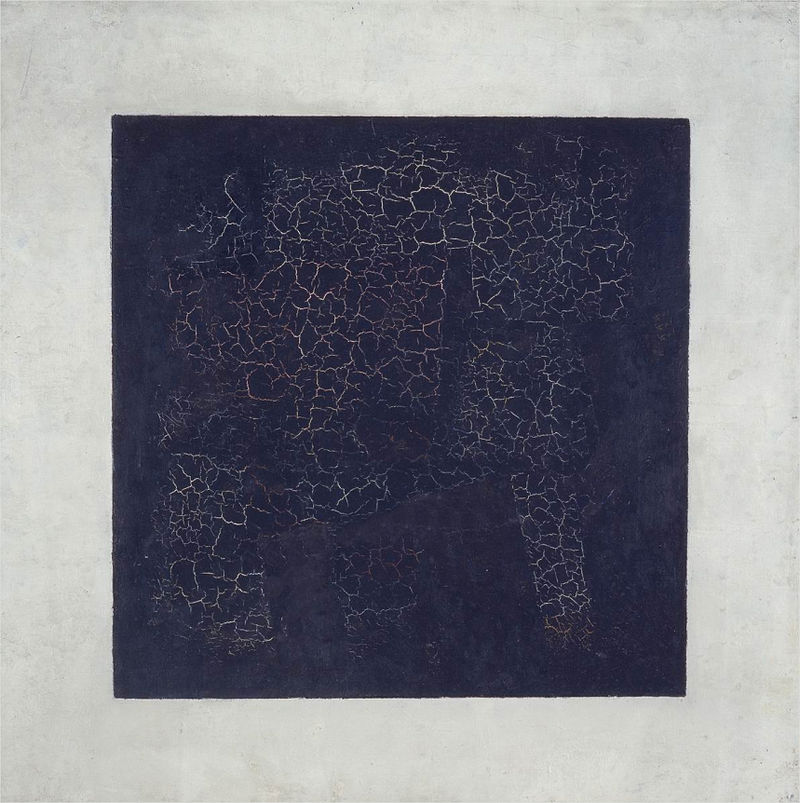The history of art is rich in works that have always attracted the curiosity of scholars and enthusiasts for various reasons. Paintings and frescoes of geniuses like Leonardo da Vinci, in fact, hide many mysteries that only very careful eyes have helped to bring to light! Following, we reveal some secrets of the most important works of art.
Mind-blowing secrets hidden in the most famous works of art
Mona Lisa, Leonardo da Vinci, 1503–1504

Leonardo da Vinci’s Mona Lisa is perhaps one of the most mysterious and fascinating works in the world. Everyone who visits the Louvre tries to steal the secret of his perturbing gaze and mysterious smile. However, it was Joseph E. Borkowski – an American art critic – who unveiled the arcane. That ambiguous expression on Monnalisa’s face is probably given by the fact that the woman was toothless at the time she was portrayed. Thanks to the support of sophisticated technology tools, Borkowski discovered scars around the Mona Lisa’s lips that would indicate an extraction of the front teeth.
Madame X, John Singer Sargent, 1883–1884

The fascinating painting by John Singer Sargent portraying beautiful Virginie Amélie Avegno Gautreau caused quite a stir. In fact, it underwent a change almost invisible. The jewel shoulder strap of the sumptuous dress worn by the French woman was sagging. The pose was too erotic and sensual for the Parisian public of 1884. The scandal was such that Singer Sargent modified the painting by placing the epaulet in his place. When Sargent left Paris, the painting was entrusted to the Met, where it is still located today.
The Arnolfini Portrait, Jan van Eyck, 1434

The Portrait of Arnolfini Spouses is well known. Jan van Eyck‘s painting from 1434 features intense colors, a full-bodied texture, and attention to detail that makes fabrics and crystals almost tangible. However, there is an art secret that not many have noticed. In the room in which the Arnolfini are portrayed there is an elaborate mirror at the bottom of the room. In particular, if – looking carefully – it is possible to see two figures reflected in the mirror. However, these do not reflect the protagonists of the scene. In the mirror, there is, in fact, a tiny self-portrait of Jan van Eyck who greets with his hand!
Vincent van Gogh, Bedroom in Arles, 1888-1889.

In 1888, Vincent van Gogh purchased a small studio in Arles, in the south of France. In October, he began painting his “Bedroom in Arles”. The choice of colors and the general intimacy were important aspects of the painting in order to symbolize comfort and safety. For some Van Gogh specialist scholars, however, unusual color choices have a different explanation. For these, the colors chosen would represent the missed desire for sleep and rest. It must be said that Vincent was treating epilepsy and perhaps the influence of the drugs led to a different color rendering.
Kazimir Malevich, The Black Square, 1915.

Finally, among the secrets of the works of art that have entered history, Malevich’s black painting has a singular role. The ‘black square’ in fact would be neither black nor square! None of its sides are parallel to each other, nor the edges of the frame. In addition, the ‘color’ ‘black’ is the result of a mixture of different colors, not a properly black paint. Some critics have pointed out that it was painted in this way because of the desire to create a dynamic mobile form, rather than because of the artist’s negligence.